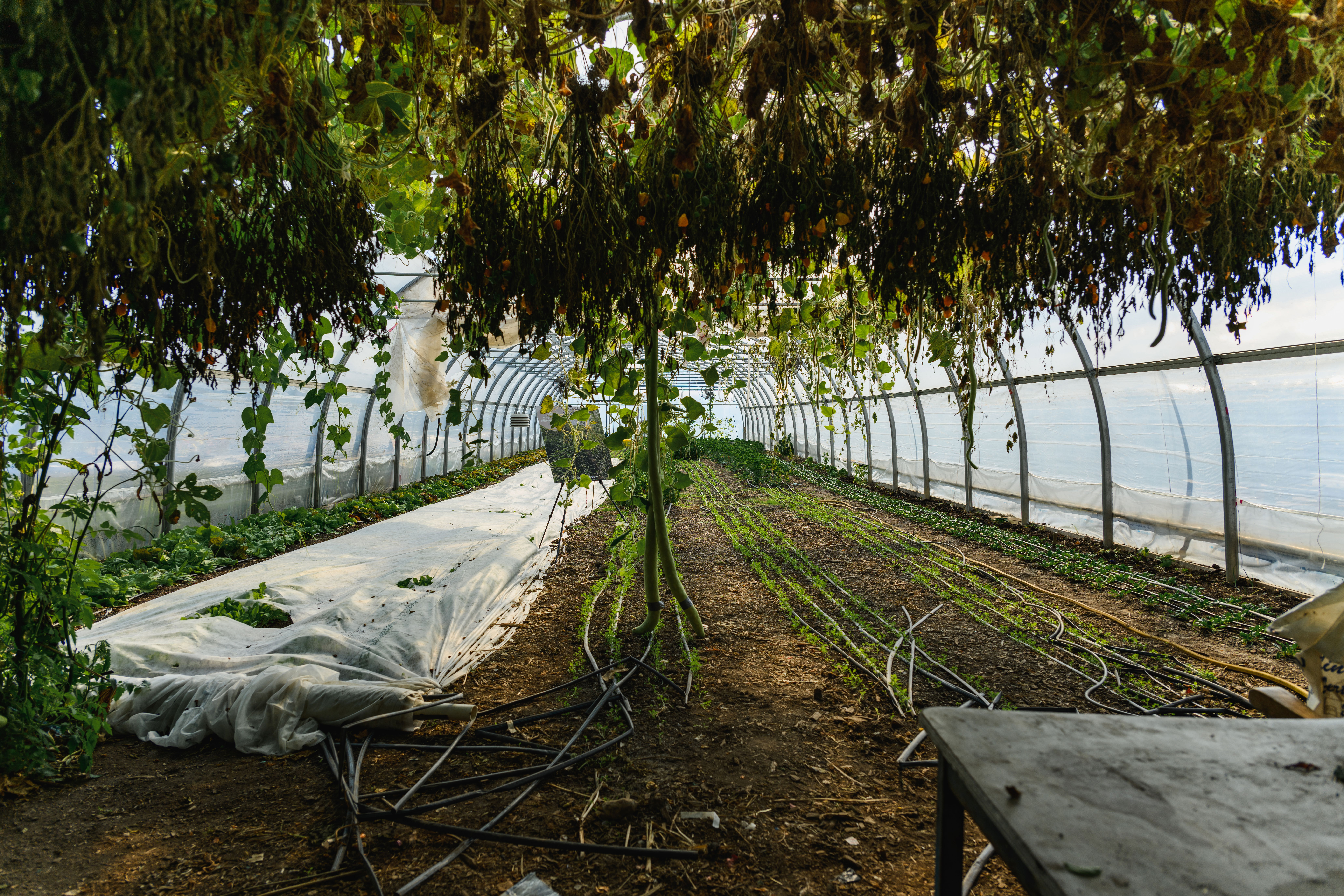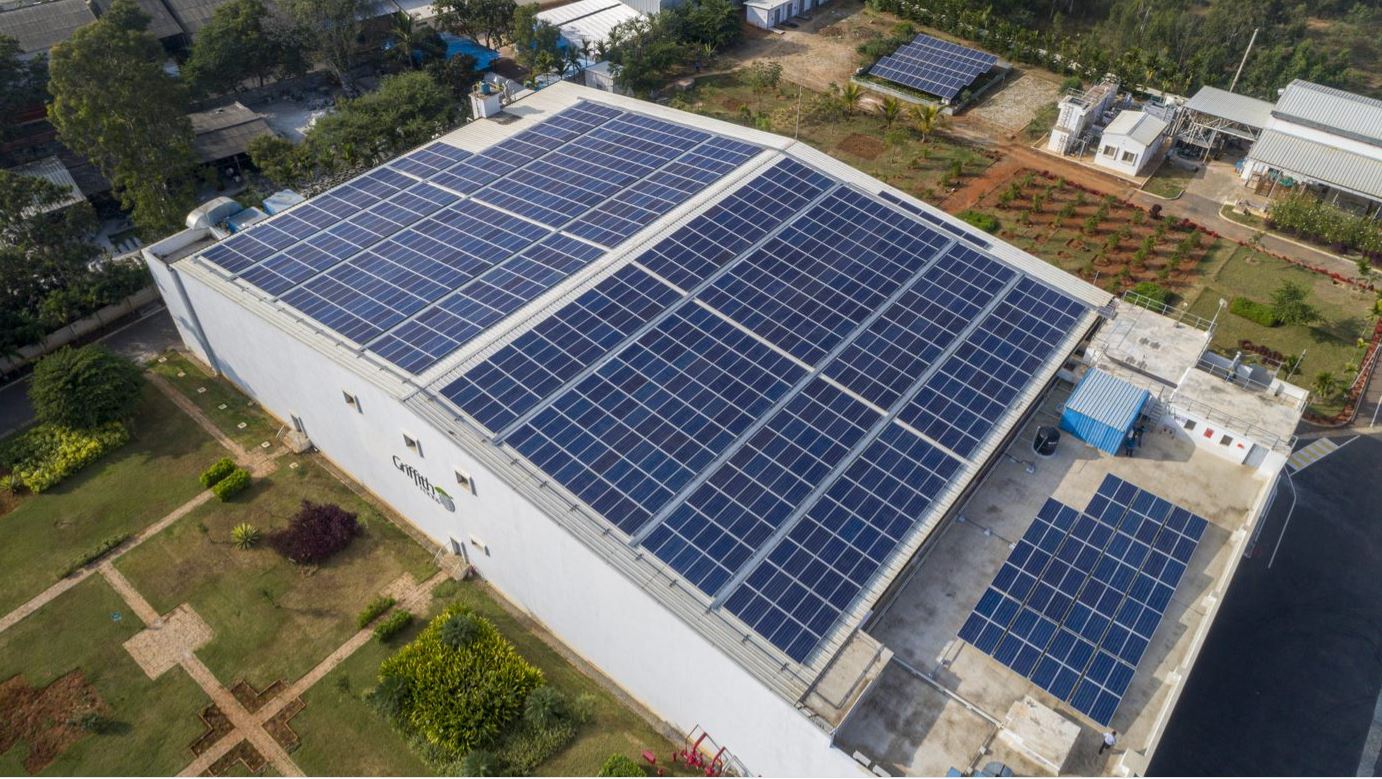Climate Action & Environmental Management
Griffith Foods is committed to the conservation of the earth’s natural resources and responsible operation of our facilities. We are actively pursuing net–zero carbon in our operations by 2030 and working to minimize our environmental impact throughout our value chain.



Net-Zero Carbon in Our Operations by 2030
In 2022, we aligned our greenhouse gas (GHG) reduction targets with the Science Based Targets initiative (SBTi) methodology and received verification of our interim targets:
- Reduce absolute scopes 1 and 2 by 50% by 2030, from baseline year 2020.
- Reduce scope 3 GHG emissions by 23% (per ton of product produced) by 2030, from baseline year 2020.

Our GHG Emissions Progress
Like most companies in the food sector, the majority of our carbon emissions are found in our value chain, or scope 3, and specifically tied to the production of raw materials and packaging for our products. While our absolute emissions have increased since our FY20 rebaseline, we have a lower intensity per volume of product produced, and we have reduced our scope 1 and scope 2 (direct) emissions thanks to investments in our facilities and renewable energy procurement.
Over the past two years, we have made huge strides in improving our data collection and understanding what drives our footprint. Improvements include incorporating SBTi FLAG into our footprint, adding previously excluded data from our investments and joint ventures, and going deeper into our ingredients and packaging data.
Our work continues with improving our data quality for transportation and customer processing of our products into their finished goods. As we build our net-zero roadmap, we will identify further GHG reduction pathways for purchased goods and our largest raw material ingredients.
Reducing Our Emissions
Sustainability Goals
As part of climate action and environmental management, Griffith Foods is committed to water stewardship, waste reduction, and recyclable packaging.
Reducing Unsustainable Water Use
Our goal is to reduce unsustainable water use by 50% by 2025 and achieve sustainable water use in all water-stressed areas for our factories by 2030. Griffith Foods São Paulo, Brazil achieved sustainable water use in fiscal year 2023.
Zero Waste to Landfill
We aim to achieve zero waste to landfill across all sites by 2025 and are currently at 80% landfill diversion.
Sustainable Packaging
We are working to ensure 100% of our packaging is reusable, recyclable, or compostable by 2025 and currently 79% of our packaging meets our goal.

Working With Suppliers Toward Net Zero
We recognize that our largest climate impacts occur beyond our own operations. Our value chain carbon footprint encompasses everything from the upstream impacts of our raw materials, like wheat flour and red chili, through transportation and storage.
As the bulk of our emissions are in our supply chain, we have been engaging with our stakeholders, especially suppliers, to help them better understand our GHG commitments and to support and encourage them to set their own GHG baselines and targets.
See Sustainable Sourcing for how we are engaging with our suppliers to reduce emissions and using the EcoVadis assessment to benchmark supplier progress.

Environmental Management in Manufacturing
As of fiscal year 2023, 50% of our global manufacturing sites have achieved ISO 14001 certification for environmental management. This certification provides a robust framework for environmental management systems, helping us meet environmental obligations, improve performance, and enhance resource efficiency. Asia Pacific is the first region in the Griffith Foods family to have all of its sites (five total) certified, demonstrating a strong commitment to environmental responsibility and operational sustainability.

Our EcoVadis Assessment
We use the EcoVadis assessment tool to evaluate our suppliers, as outlined on our Sustainable Sourcing page. As a corporation, we also use the assessment tool to evaluate our performance against other companies and industry peers. We are proud to have secured another gold medal acknowledging our performance as a top company.
2023 Sustainability Data and Disclosure Report
Building a sustainable future starts with transparency. Dive into our data-driven sustainability disclosures to understand our impact and ongoing efforts.